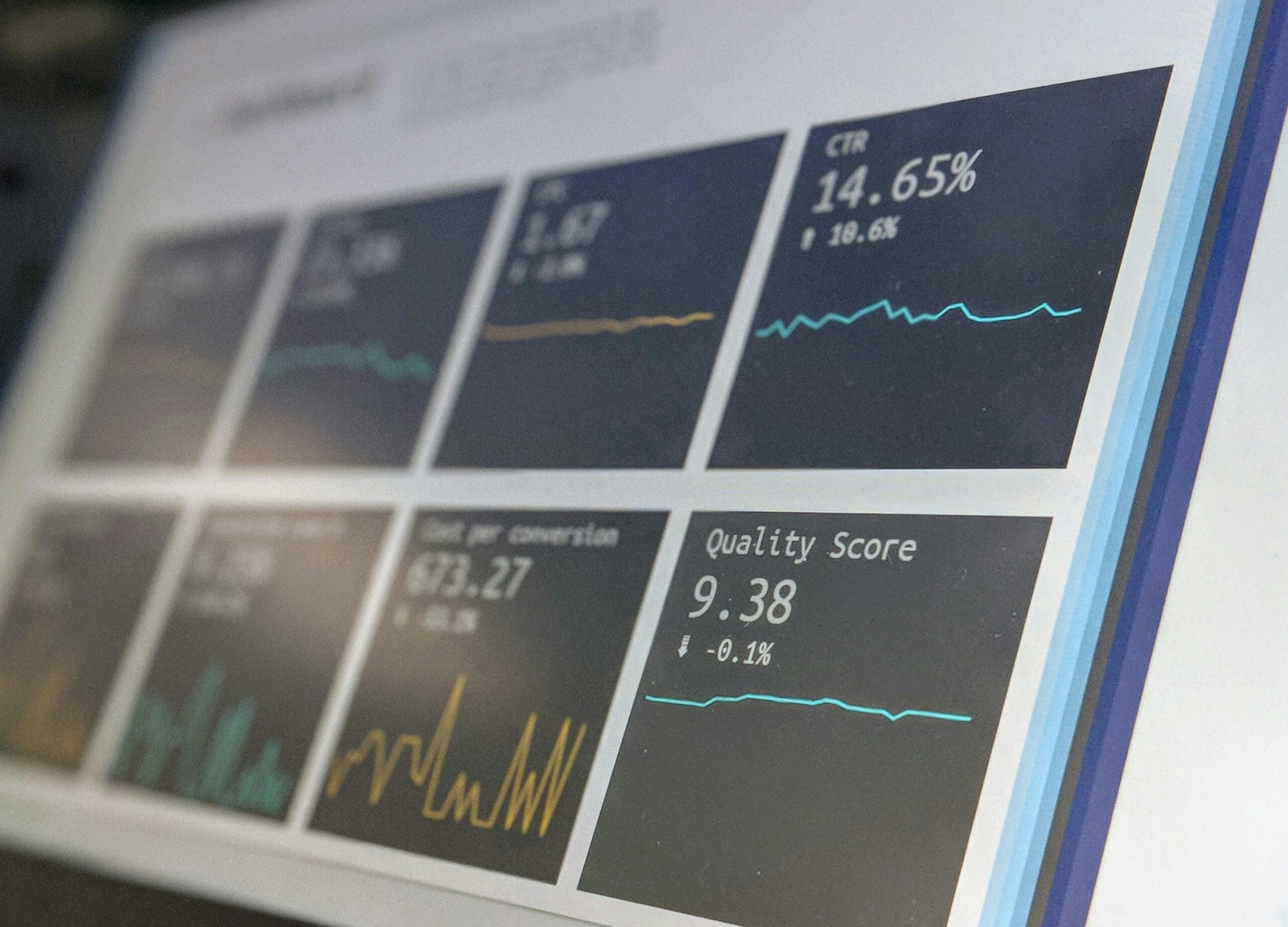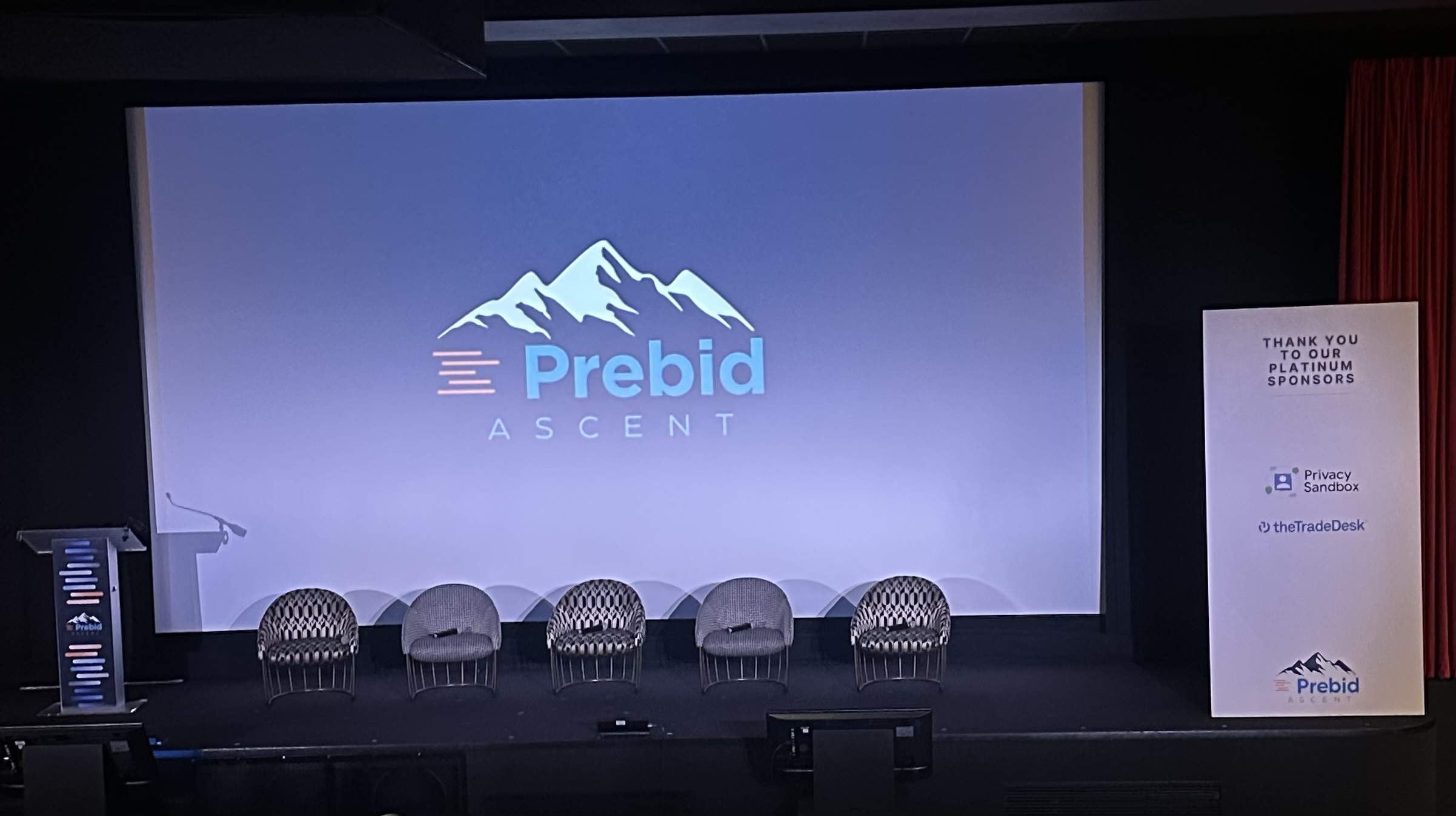Search was once one of the most reliable traffic sources for publishers. However, with the rollout of Google’s AI Overviews and the increasing dominance of generative tools like ChatGPT, that’s changing.
Instead of directing users to your site, AI summarizes your content and displays it directly in the search results. This leads to increased visibility but fewer clicks, posing a significant challenge for ad-supported publishers.
World History Encyclopedia experienced a 25% drop in traffic after appearing in Google’s AI Overviews. They aren’t alone. Content creators across sectors are noticing the value of their work being siphoned away by summary engines.
The Problem: Exposure Without Return
The unspoken deal between Google and publishers was straightforward: create valuable content, and receive visibility in return. That deal is starting to unravel. AI answers prioritize speed and user convenience, but they exclude publishers from the clickstream.
For anyone dependent on display ads and programmatic revenue, this shift can feel existential.
While you can’t control how AI search evolves, you can control how your site monetizes the traffic you receive and how you prepare for a more signal-driven, less traffic-dependent future.
The Path Forward: What Publishers Can Control
Here are three actionable strategies to protect your programmatic revenue—even in a world where AI is disrupting traditional discovery.
✅ 1. Maximize the Value of Every Impression
With traffic under pressure, every pageview has to work harder.
You can boost revenue by optimizing:
- Ad layout – High-impact formats like sticky footers, in-article expandables, and scroll-based units improve viewability and engagement.
- Performance testing – A/B testing ad formats and placements help find the right mix for your audience and content.
- User experience – Balancing monetization with page speed and layout ensures users stay longer and see more ads.
✅ 2. Make Your Audience Addressable—Everywhere
AI search may reduce the number of visitors, but with the right strategy, you can increase the value of those who do arrive.
Here’s how:
- Activate first-party data – Understand user behavior, interests, and patterns.
- Connect with identity solutions – Make your audience targetable across the open web by integrating privacy-compliant ID partners.
- Build smart segments – Offer advertisers high-quality, curated audiences based on real data.
✅ 3. Ensure Buyers Can Find and Value Your Inventory
When discovery shifts away from search, demand doesn’t disappear it just gets more selective. To attract brand dollars and buyer attention:
- Provide SSP-level transparency so buyers know exactly what they’re bidding on.
- Offer PMPs and curated deals to give buyers confidence and control.
- Use real-time dashboards and alerts to stay on top of fill rates, latency, and revenue drivers.
Final Thought: Build for a Post-Click Future
Search is evolving, and discovery may never look the same. But that doesn’t mean publishers are powerless.
By shifting focus from chasing traffic to strengthening monetization, publishers can build a more resilient, future-ready revenue strategy powered by data, addressability, and smart programmatic execution.
If AI takes away the clicks, let your data and your monetization strategy bring back the value.














